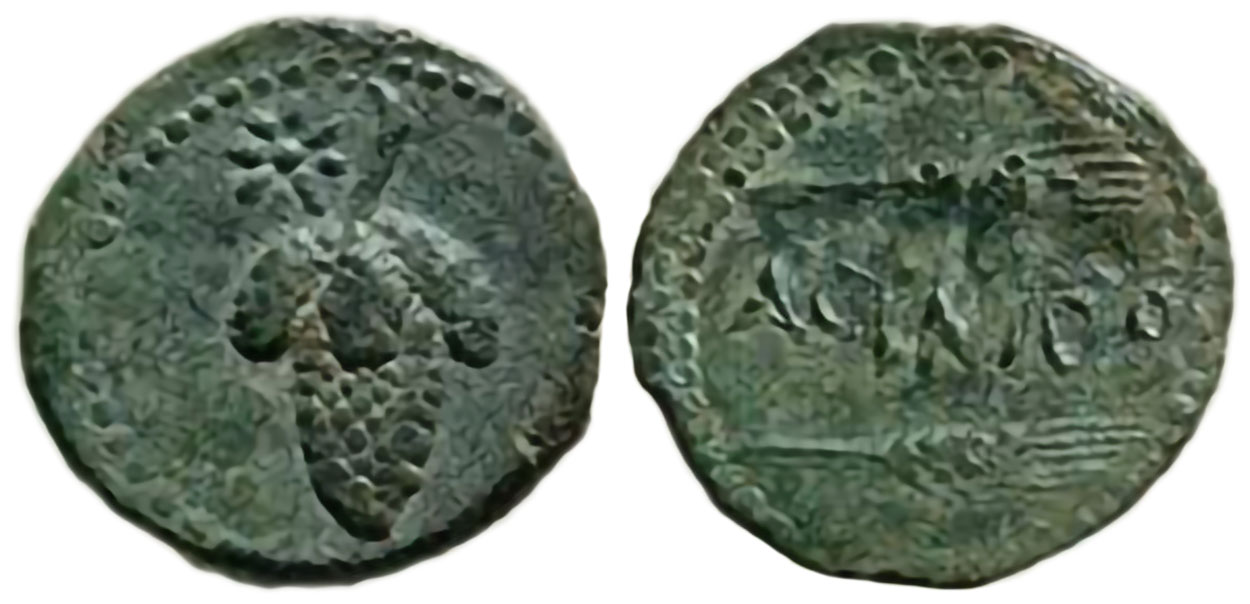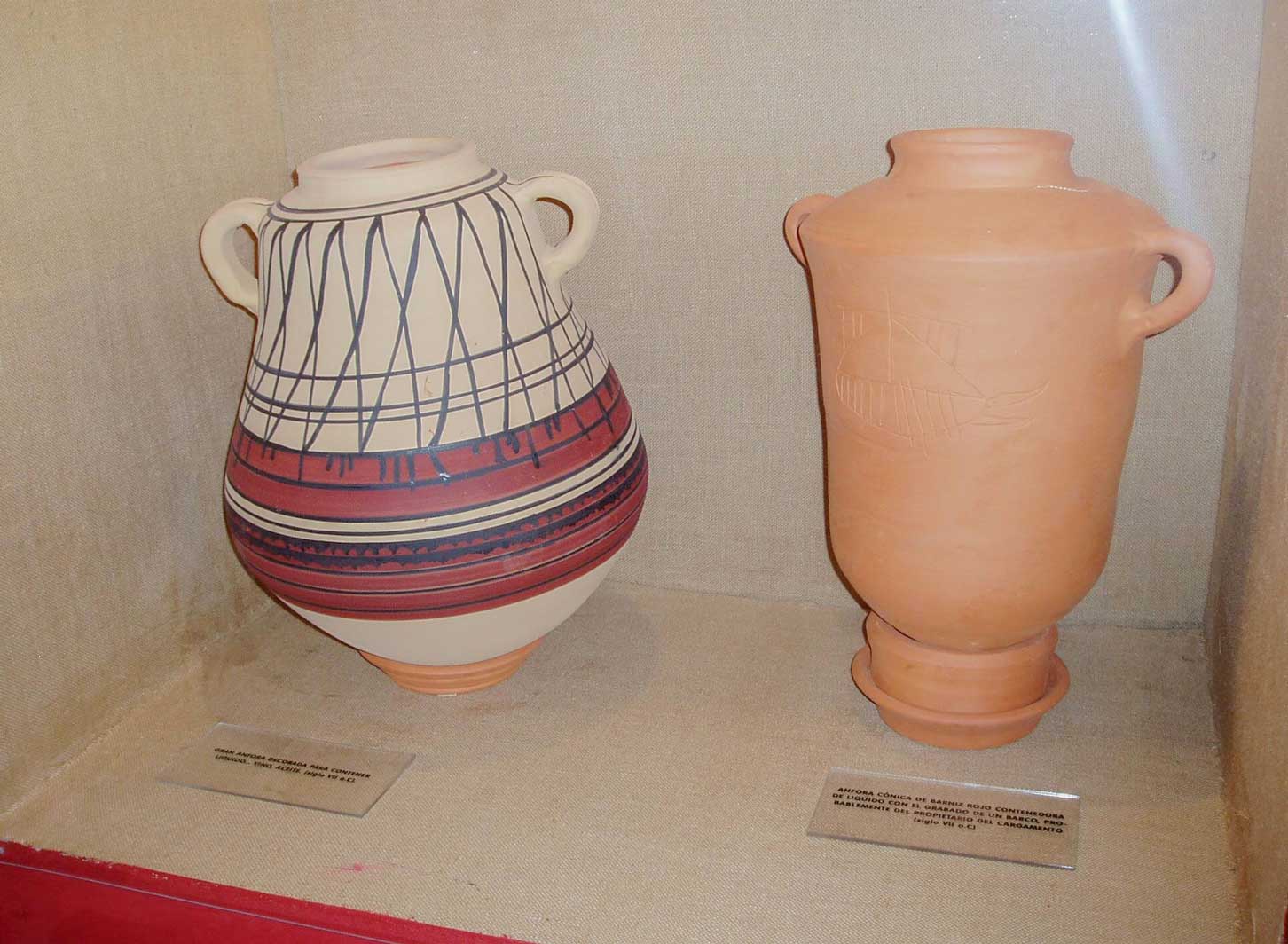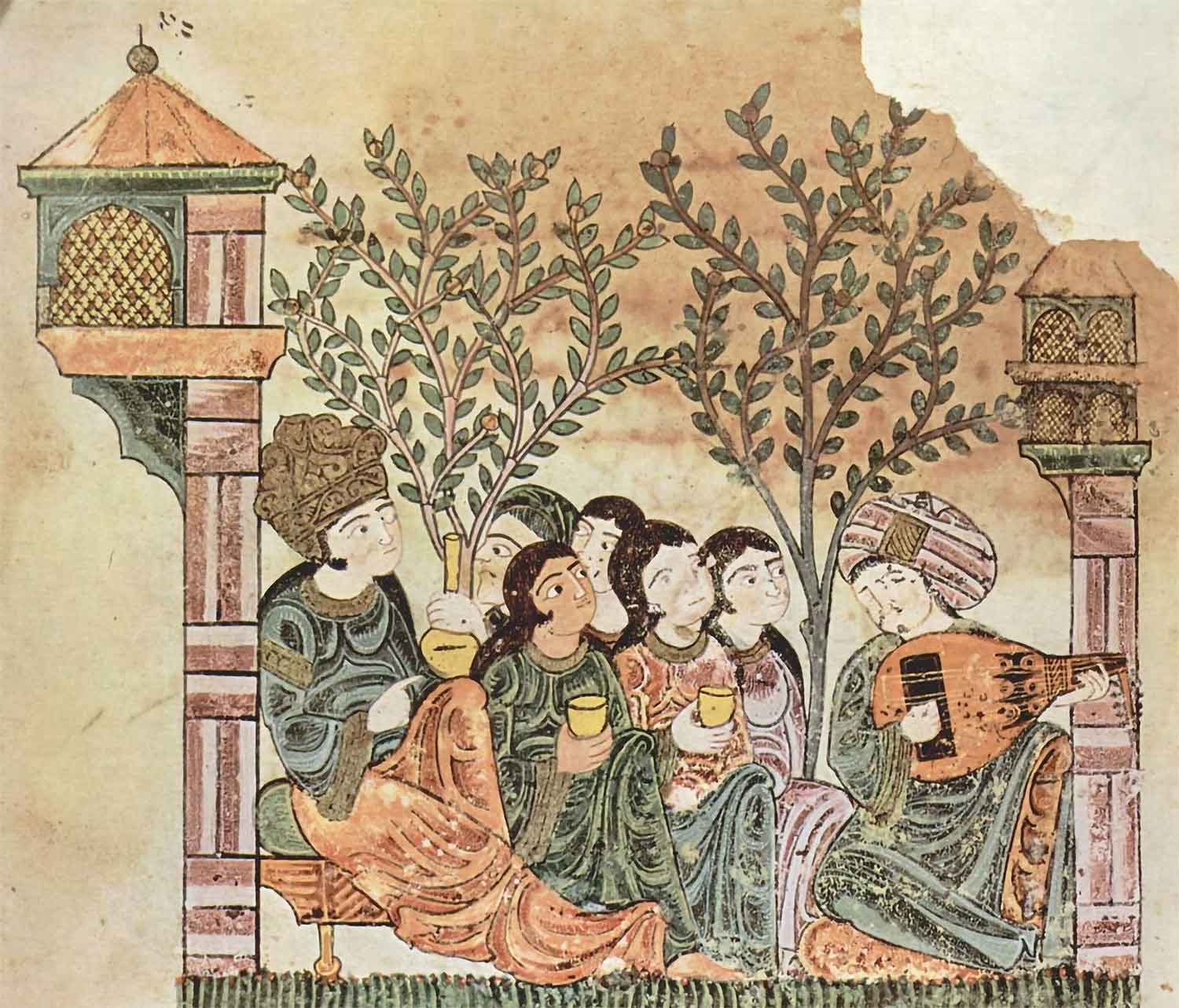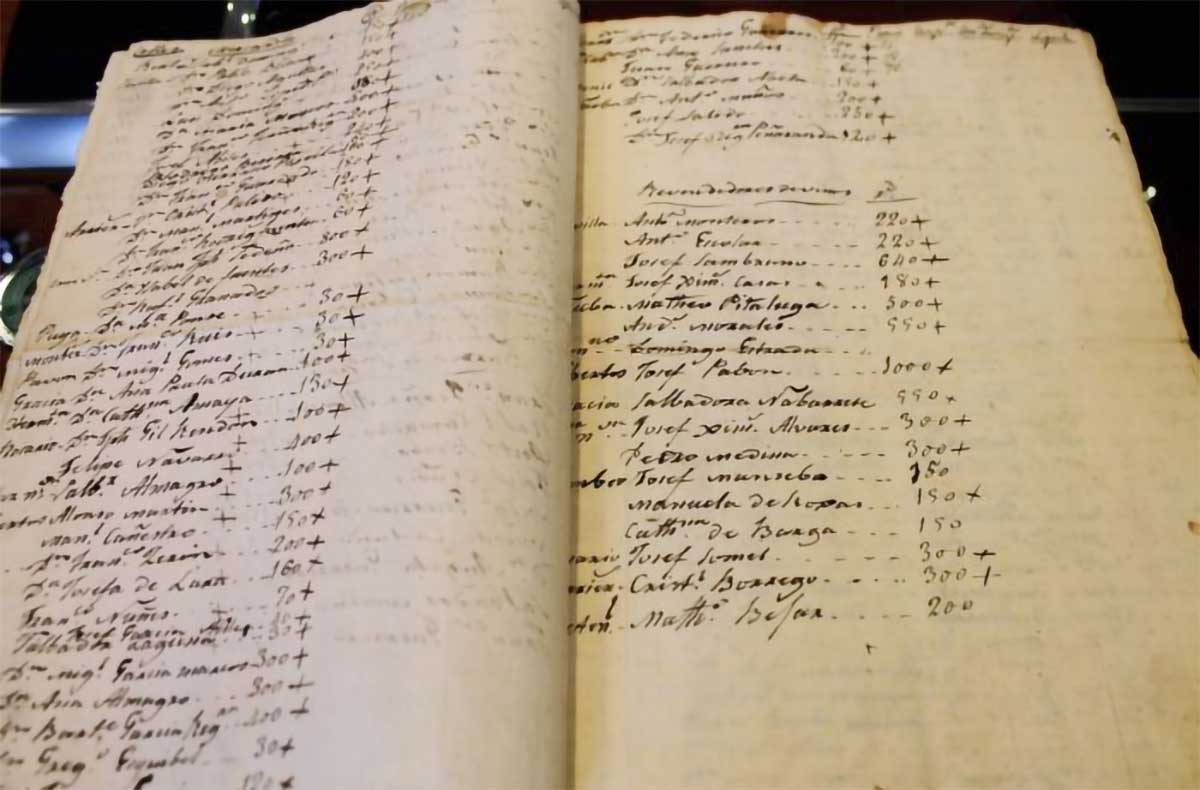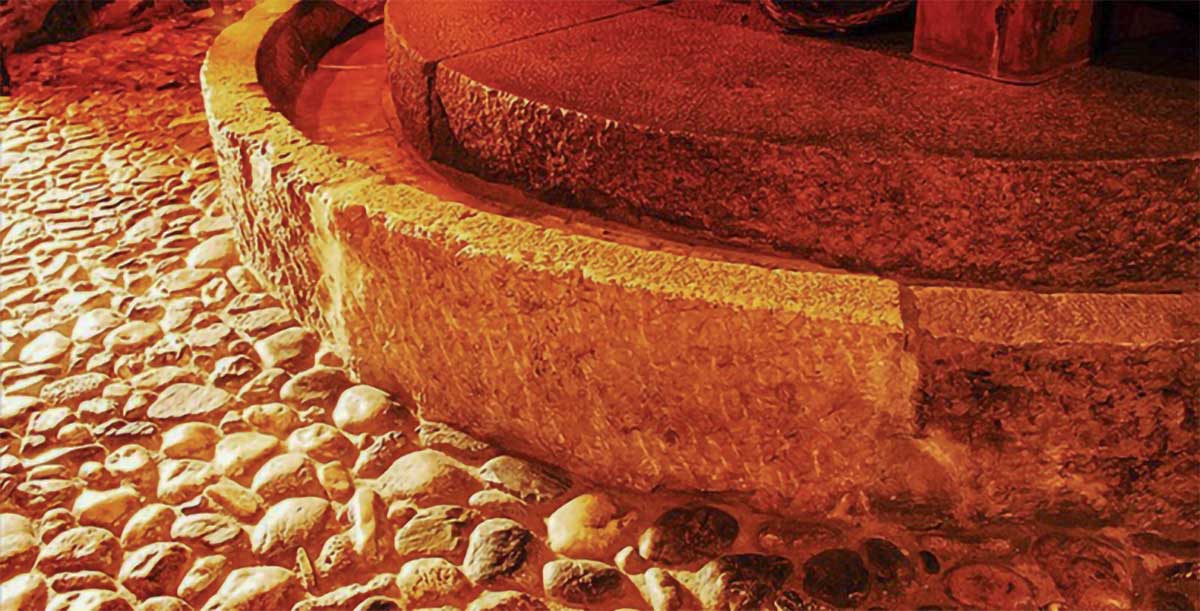Wine Heritage
The Ronda and Malaga Wine Route (RVRM) is located in the province of Malaga and is currently made up of the municipalities of Almáchar, Arriate, Cómpeta, El Borge, Malaga, Manilva, Moclinejo, Mollina, Ronda and Sayalonga. In total, it brings together five wine production areas: Axarquía, Serranía de Ronda, Manilva, Montes de Málaga and Norte. Its production is part of three appellations of origin: DO Malaga, DO Sierras de Malaga and DO Pasas of Malaga.
Throughout its long history, wine has adopted multiple functions: ceremonial, symbolic, religious, food supplement, antiseptic medicine, etc.
Likewise, we have clear references in the numismatics of the Ibero-Roman city of Acinipo (47-44 BC), in which the topic of the grape bunch is confirmed in monetary coinage, which undoubtedly demonstrates the importance of the vine. in the economic base of these communities, to the existence of remains of amphorae that are typologically linked to wine or the city’s own toponym.
The world of wine has therefore left us, as it could not be otherwise, numerous archaeological and architectural vestiges throughout the entire territory of Malaga, to those already mentioned, we must mention the Phoenician settlements of Morro de Mezquitilla, Malaka, Toscanos , Jardín, Casa de la Viña, Trayamar, Cerro del Villar, Chorreras and indigenous people such as those of Los Castillejos de Teba and Roja del Boquerón de Ardales, places where numerous remains of containers for the transport and consumption of wine have been found; or vestiges of wine production such as the winepresses of the Finca de San José in Cártama and the Finca del Cortijo Morosanto in Ronda.
But perhaps more unknown and at the same time interesting, is the praise of wine in the Arab world. Curiously, the god Bacchus and wine were the main themes of classical Arabic poetry, which brought to its maximum splendor a poetic current that began in pre-Islamic Arabia. In this period, wine is an object and symbol of life and love.
This poetry represented a serious challenge to the incipient Islamic religion. “If I die, bury me with wine so that its roots can quench the thirst of my bones” implored the poet Abu Mihjan Al-Thagafi.
In the Malaga lands of Al Andalus, vines continued to be cultivated to produce wine and raisins. The wine called xarab al malaquí continued to be consumed, it was very famous and sung by the most prominent poets. The raisining of grapes, called in Malaga “Asoleo”, for the production of raisins or wine is a practice from the Middle East and was especially practiced in the Axarquía region, characterized by being a territory with a complex orography and with large slopes. Since then this practice has not stopped.
After the repartimientos of the Catholic Monarchs, the so-called lords of the vineyards organized themselves around a “Brotherhood of Vineyards” to defend their rights before the crown.
In the same way, the wages of grape cutters, carriers and treaders are regulated, as well as the prohibition of introducing into the city wine from outside the boundaries and jurisdiction of Ronda, except when there is a lack of wine in the city, which is the case in this case. which the City Council may grant permission for the entry of wine from outside its jurisdiction. Without a doubt, a protectionist attitude from the public administration towards Ronda wines, which confirms the economic importance of wine.
Likewise, it breaks with the cliché of the exclusivity of white wine in the area, when the ordinances regulate that: “no tavern keeper or winemaker can have two wines in his tavern selling both white or both red, but we allow him to sell a white wine and a red wine in his tavern, under penalty that whoever sells two wines, both white or both red, will pay 300 maravedíes”.
Likewise, documentation from the beginning of the 16th century is confirmed in Manilva when the Duke of Arcos, lord of the County of Casares, at the request of his neighbors gave land for the cultivation of vineyards.
The Wine of the Tsars. In 1791, Mr. Gálvez, the Spanish ambassador in Moscow, presented the Tsarina and Empress of Russia, Catherine II, with some boxes of wine from Malaga, and the pleasure they gave her was such that she exempted all wines from Malaga from taxes. Málaga that they arrived at their Empire controlled by the Brotherhood of Viñeros.
The House and Trading Company of Vineyards of Malaga. In 1806, by Royal Decree, the House and Commercial Company of Vineyards of Malaga was created, in which… “to prevent as much as possible the adulteration of the fruits that the company ships, they will be placed on the vessels, boxes or bundles that the contain brands that are difficult to counterfeit…”
The Regulations of the Guild Association of Wine Breeders and Exporters of Malaga. On July 1, 1900, the Regulations of the Guild Association of Wine Breeders and Exporters of Malaga appear, to ensure the general interests of the wine trade by issuing certificates, appointing referees and experts and, above all, guaranteeing through its seal of origin , the legitimacy of the wines they exported.
The “Malaga” brand. On February 5, 1924, the Guild Association of Málaga Wine Breeders and Exporters requested the registration of the Málaga brand, which was published in the Official Bulletin of Industrial Property dated March 16, 1924.
The Regulatory Council of the D.O. Malaga. On September 8, 1933, at the request of the Guilds of Vineyards and Vintners of Malaga, the creation of the Regulatory Council of the Denomination of Origin “Málaga” was achieved, whose first regulation was published in the Madrid Gazette of May 3, 1933. 1935.
The Denominations of Origin “Málaga and “Sierras de Málaga”. On January 9, 2001, the fourth regulation was published in the Official Gazette of the Government of Andalusia, which also recognized the D.O. Sierras de Málaga, becoming known as the Regulatory Council of the Denominations of Origin “Málaga” and “Sierras de Málaga”.
The Denomination of Origin “Pasas de Málaga” In 2004, the merger took place between the Regulatory Council of the Denominations of Origin “Málaga” and “Sierras de Málaga” and the Regulatory Council of the Denomination of Origin “Pasas de Málaga”, currently the Council Regulator of the Denominations of Origin “Málaga”, “Sierras de Málaga” and “Raisins of Málaga”.

